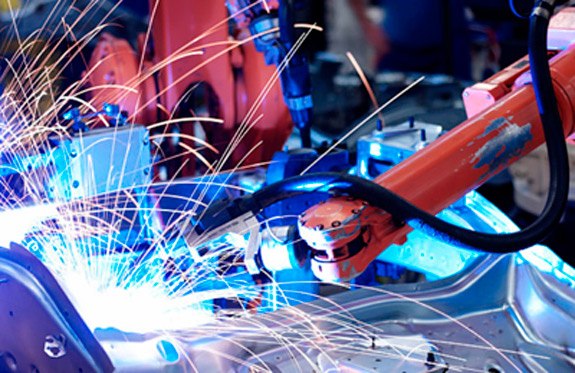The car engine thermostat plays a crucial role in maintaining the optimal operating temperature of the engine, ensuring efficient cooling and preventing overheating. Understanding the purpose, functioning, types, and maintenance tasks related to the car engine thermostat is essential for the proper operation of the cooling system. In this article, we will delve into the importance of the automotive electronic thermostat, its working principle, the various types used in car cooling systems, and the necessary maintenance tasks.
The primary purpose of a thermostat in a car's cooling system is to regulate the engine temperature. Automotive electronic thermostat ensures that the engine operates within the optimal temperature range for efficient combustion, engine performance, and longevity. The thermostat controls the flow of coolant between the engine and the radiator, allowing the engine to warm up quickly and maintain a stable temperature.
A car engine thermostat works based on a temperature-sensitive valve mechanism. It consists of a temperature-sensitive wax-filled element connected to a valve. When the engine is cold, the thermostat remains closed, preventing coolant flow to the radiator. As the engine warms up, the wax inside the thermostat expands, causing the valve to gradually open. This allows coolant to circulate and dissipate heat through the radiator. Once the engine reaches the optimal operating temperature, the thermostat maintains the flow of coolant to stabilize the temperature.
a) Traditional Mechanical Thermostat: This type of thermostat is the most common and operates using a mechanical valve controlled by temperature fluctuations.
b) Electronic Thermostat: An electronic thermostat utilizes sensors and an electronic control unit (ECU) to monitor and regulate the engine temperature more precisely.
c) Wax Pellet Thermostat: A wax pellet thermostat works on a similar principle as the mechanical thermostat, but instead of a bimetallic strip, it uses a wax pellet that expands and contracts with temperature changes.
d) Dual Thermostat: Some high-performance engines employ dual thermostats to regulate coolant flow through separate cooling circuits, allowing for precise temperature control.
To ensure the proper functioning of the car engine thermostat and the cooling system, specific maintenance tasks should be performed:
a) Regular Inspection: Periodically inspect the thermostat housing, hoses, and connections for leaks, corrosion, or damage.
b) Coolant Replacement: Follow the manufacturer's recommendations for coolant replacement intervals to prevent contamination and ensure efficient heat transfer.
c) Thermostat Replacement: If the thermostat fails to open or close properly, it may need replacement. Consult the vehicle's manual or seek professional assistance for thermostat replacement.
d) System Flushing: Consider flushing the cooling system to remove any sediment, rust, or debris that may affect thermostat performance.
e) System Pressure Test: Perform a system pressure test to identify any leaks or abnormalities in the car engine cooling system parts
f) Professional Maintenance: For complex thermostat or cooling system issues, it is advisable to seek the expertise of a qualified mechanic or technician.
The car engine thermostat is one of the vital car engine components of the cooling system, responsible for regulating the engine temperature and maintaining optimal performance. SDZ engine parts factory understanding its purpose, working principle, different types, and maintenance tasks is crucial for the efficient operation of the cooling system. Regular inspection, coolant replacement, and timely thermostat replacement are essential to ensure the thermostat's proper functioning. By prioritizing maintenance and addressing issues promptly, car owners can enjoy reliable cooling system performance and extend the lifespan of their vehicles.
